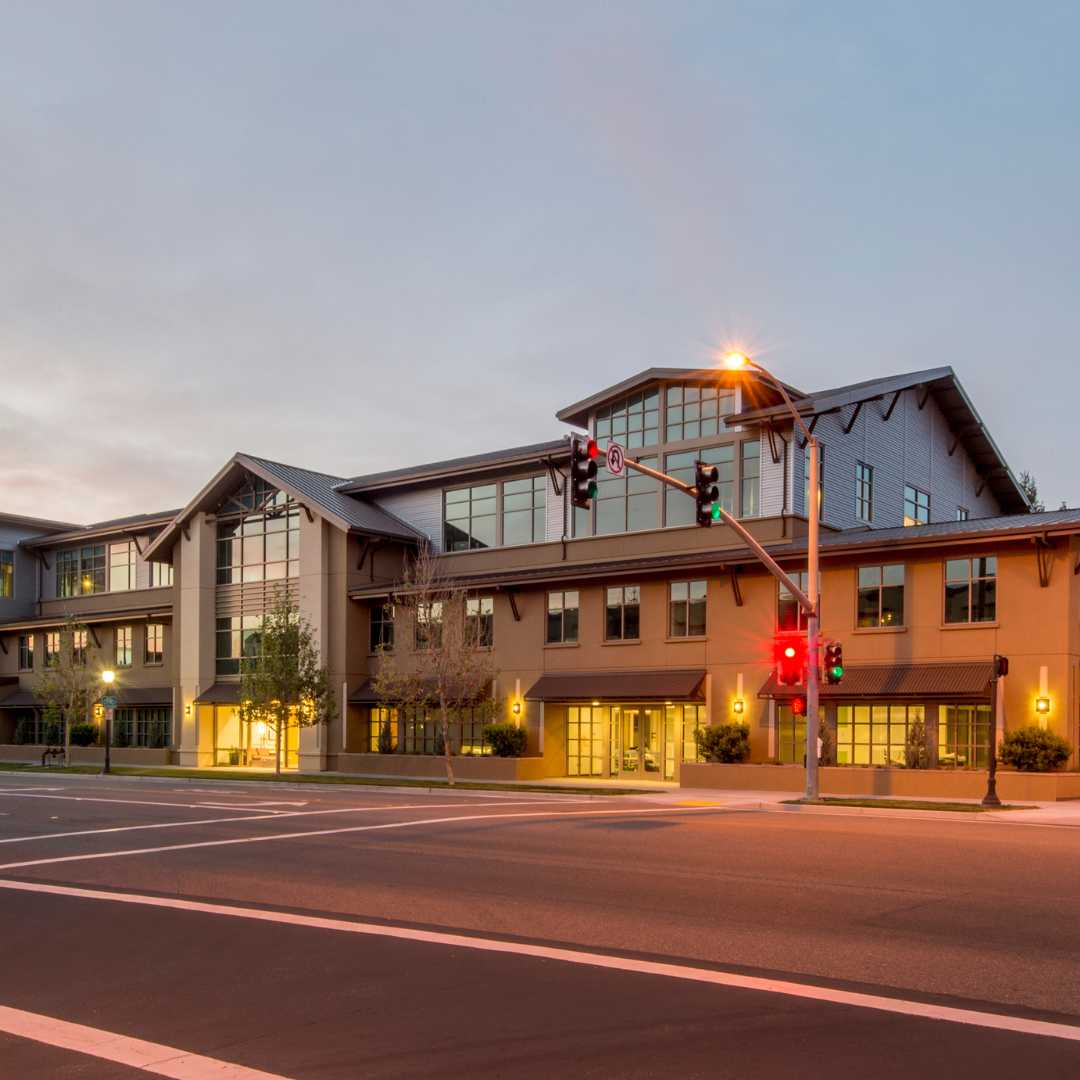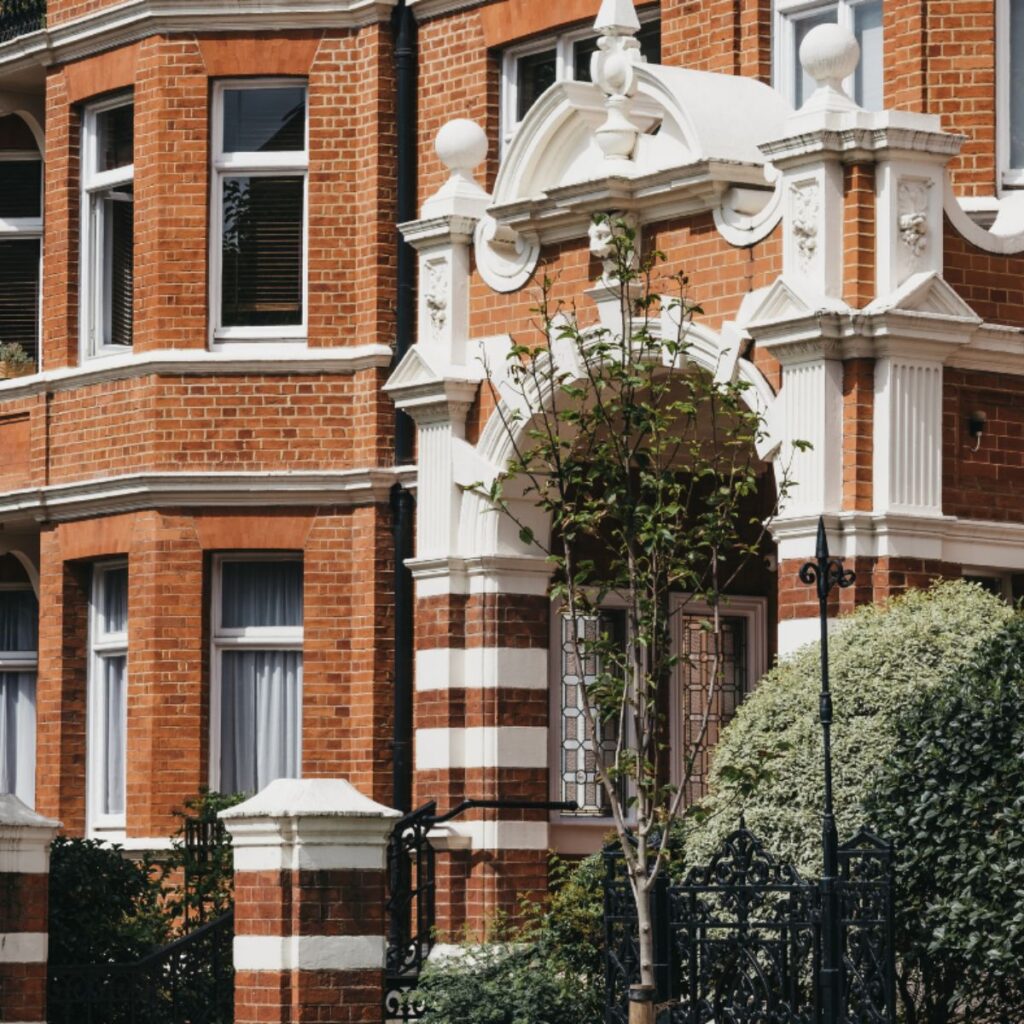REFURBISHMENT LOANS
Helping you secure medium to heavy refurbishment lending.
What is a Refurbishment Loan?
A property Refurbishment loan also known as a refurbishment mortgage, is typically used by property investors and property developers aiming to upgrade residential and commercial properties. It is a loan solely used to finance property refurbishment.
The property could be an existing property which you want to do works on, or an auction purchase where the refurbishment would add value to the property.
The property could be one you want to keep as a long term investment or you may want to add value and repay the refurbishment loan from the sale of the property. The lender will want to know your exit strategy when you apply for the refurbishment loan.
Depending on the scale of the refurbishment project, the loan can either be in the form of a ‘light’ refurbishment loan or a ‘heavy’ refurbishment loan.
Property Refurbishment finance is typically released in two stages. The initial advance is based on a percentage of the purchase price and the remainder of the loan is released once the refurbishment is complete.
As each and every deal is different, property refurbishment finance may not be the best option for you – for example, if you are looking to fully develop a site, then obtaining property development finance would be more suitable.
Property refurbishment loans can be done in either personal names or under Ltd Companies structures.
Our advisors specialise in refurbishment loans and development finance and will be able to provide you with the best solution based on your individual circumstances and requirements
How much development refurbishment finance can I borrow?
With property refurbishment finance, the loan amount is based on the gross development value of the property, once renovations have been completed.
Refurbishment loan lenders will also consider the potential rental income that the home could achieve if you plan to keep the property and rent it out.
Refurbishment finance lending criteria will also look at whether the loan is for a residential or commercial property when looking at loan amounts.
Types of Refurbishment
Light refurbishment
- Fitting a new bathroom or kitchen
- Redecoration
- Installing new windows
- Electrical rewiring
- Installing a central heating system
- Non-structural improvements
- A combination of the above
Heavy Refurbishment Finance
- Major Structural works (internal and external)
- Property extensions
- Conversions
- A combination of the above
Heavy Refurbishment Finance
- Major Structural works (internal and external)
- Property extensions
- Conversions
- A combination of the above

Refurbishment loan interest rates
Refurbishment loans can go up to 75% of the property value post-refurbishment, which is determined and confirmed by the valuation report.
Lenders will look at the refurbishment costs and the price of the property when assessing the project to determine whether it is a viable project and if so, the loan amount they are able to lend.
The interest rates and fees all depend on the scale of the project. The amount you are investing in the refurbishment will also have an impact on the rates you’re offered and your exit strategy to repay the loan will also be key – will it be from the sale of the property, or will you look to keep the property as an investment and switch it to a buy to let product.
If you’re looking to ‘flip’ a property, then there are also products available for short-term finance and similar to bridging loans which may be more suitable.
Fees to take into accounts would include and the fees charged by lenders vary:
- Broker Fees
- Valuation fees
- Arrangement Fee
- Exit Fees
Get the best advice on property refurbishment finance
Property Refurbishment finance vary depending on the type of refurbishment project you are doing.
Whether you’re looking to carry out light or heavy refurbishment projects, and are doing this for the first time are are experienced property investors, having a specialist adviser can be vital to ensuring you use the right type of loan for your project and obtain the best solution based on your requirements.
Our advisers have the knowledge and expertise to work with you throughout the project.

Our Autumn 2024 Budget Breakdown
Autumn Budget 2024: Key Tax Changes and Their Implications for the Real Estate

Navigating Commercial Investment Finance: A Comprehensive Guide to Buying Commercial Property in the UK
Investing in commercial property can be a rewarding venture, offering potential for substantial








